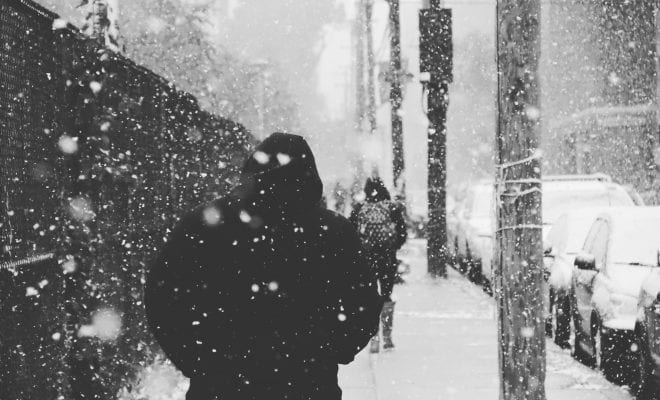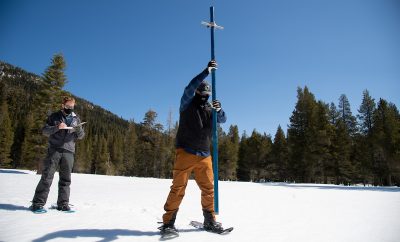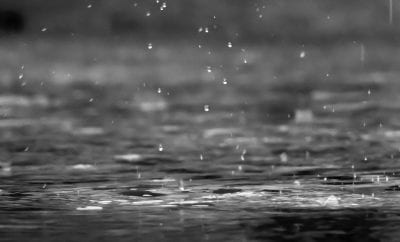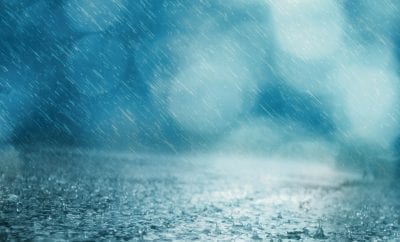
News
Polar Vortex Slams Midwest with Sub-zero Temperatures
Millions of residents across the Midwest are experiencing extreme sub-zero temperatures this week, reaching nearly 50 degrees below zero on Wednesday. The cold reached record lows Thursday morning, and so far has been responsible for the deaths of at least 12 people.
These frightful temperatures have caused destruction to gas lines and electrical grids. Several power outages in areas of Iowa and Wisconsin have caused thousands of homes to be without electricity, removing the ability to heat their homes. It has also resulted in many people living in this region unable to go to work and school.
Reports of the sheer frigidity of the cold state that the dry air instantly freezes exposed water and even causes spontaneous nosebleeds in those who ventured outside. Experts have warned residents to avoid breathing deeply when outside to avoid damaging their lungs. With temperatures as low as these, frostbite can occur in a mere 5 minutes.
The polar vortex has caused multiple deaths across several states. People were reported to have frozen to death in Milwaukee, Detroit, and Rochester. Officials at the University of Iowa said an “unresponsive” student was discovered by a building, and later died at the hospital. The cause of death has yet to be confirmed, but police told a local TV station that they believe the extremely low temperature was a factor.
Wisconsin and Michigan have
The polar vortex is expected to last for another day, with temperatures expected to rise to 30 – 40s; some areas are expected to reach the 60s. Until then, residents of the Midwest are maintaining their efforts to escape this temporarilyy frozen tundra.





2 Comments